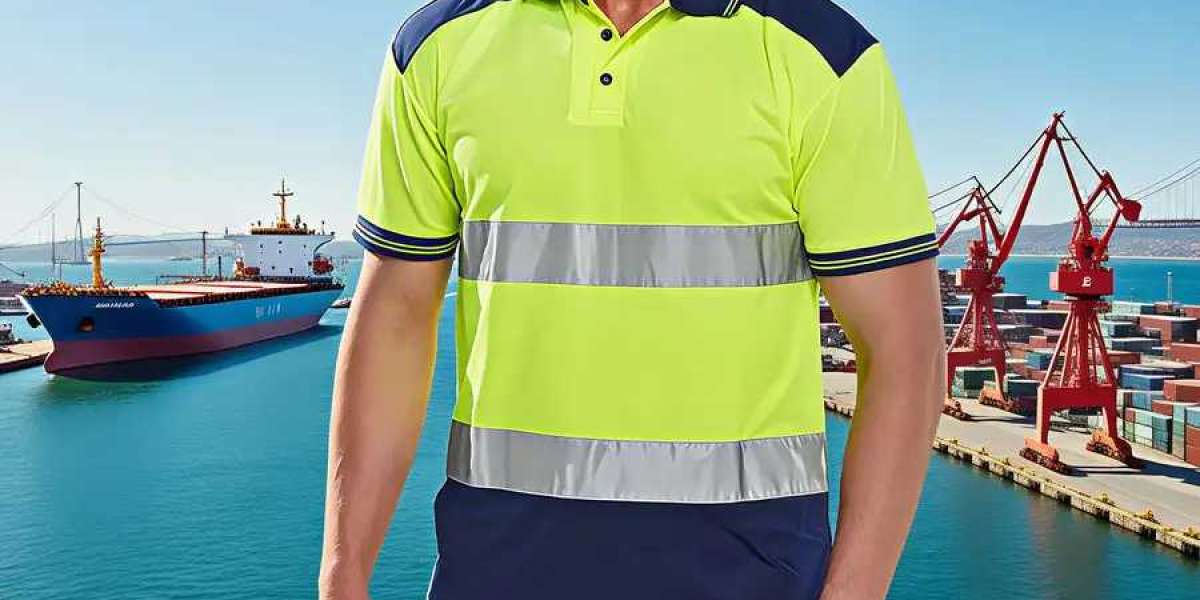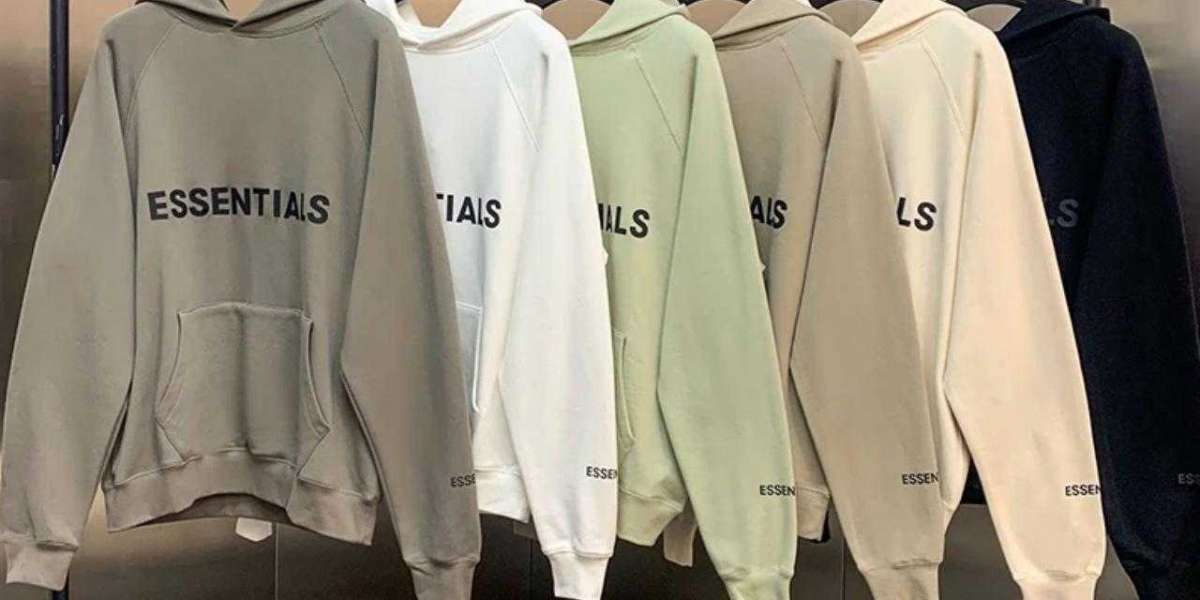MINGBAI’s Role as a Workwear Manufacturer in Enhancing Workplace Safety
In today's complex industrial and commercial environments, workplace safety extends far beyond protocols and procedures—it's woven directly into the fabric of what employees wear every day. As a specialized workwear manufacturer, MINGBAI has established itself as a crucial partner in corporate safety ecosystems, understanding that the right protective clothing serves as the first line of defense against occupational hazards. Their approach transcends simple garment production, instead focusing on engineering safety solutions that protect workers while supporting operational efficiency and compliance standards across diverse industries.
Engineering Protection Through Advanced Material Science
The foundation of MINGBAI's safety-focused approach lies in their sophisticated understanding of protective textiles. They maintain an extensive library of technical fabrics specifically engineered for hazard protection, each selected through rigorous testing and validation processes. For flame-resistant requirements, they offer inherent FR fabrics that provide permanent protection rather than treated alternatives that diminish with washing. For chemical environments, they specify materials with proven resistance to specific substances, while for high-visibility needs, they utilize fabrics that meet stringent ISO 20471 standards for chromaticity and retroreflection. This scientific approach to material selection ensures that every garment provides verified protection against identified workplace risks.
Integrating Safety Standards into Garment Design
Beyond material selection, MINGBAI excels at weaving safety considerations directly into their design philosophy. They recognize that protective clothing must not only meet standards but must be practical enough for workers to wear correctly throughout their shifts. This understanding informs ergonomic designs that accommodate movement without compromising protection—such as articulated knees in protective trousers and gusseted underarms in flame-resistant jackets. They strategically place seams to minimize wear points and potential failure areas in high-stress environments. Every design element, from pocket placement to closure systems, is evaluated through the dual lens of functionality and safety compliance.
Customizing Solutions for Industry-Specific Hazards
MINGBAI's most significant contribution to workplace safety comes through their deeply customized approach to different industrial sectors. They recognize that a one-size-fits-all mentality is inadequate for genuine protection. For electrical utilities, they develop arc-flash rated systems with calculated ATPV levels. For petrochemical workers, they create anti-static ensembles that dissipate electrical charges. In food processing, they implement bacterial-resistant fabrics with distinctive coloring to detect contamination. This sector-specific expertise allows them to develop workwear that addresses the precise safety challenges unique to each client's operational environment.
Balancing Protection with Wearer Comfort and Compliance
A critical insight driving MINGBAI's safety philosophy is that the most protective garment fails if workers find it uncomfortable and remove it. They dedicate substantial resources to developing protective clothing that workers will actually wear consistently. This involves incorporating breathable membranes in waterproof garments, using lightweight materials that reduce heat stress, and designing ventilation systems within protective layers. By prioritizing comfort alongside protection, they significantly increase the likelihood of consistent wearer compliance—turning safety apparel from a mandated requirement into practical, wearable protection that employees don't resist.
Implementing Visibility and Identification Systems
In many workplace environments, being seen is the first step toward being safe. MINGBAI has developed comprehensive high-visibility solutions that go beyond basic reflective strips. They engineer complete visual identification systems that incorporate fluorescent background materials with retroreflective tape in specific patterns and dimensions certified to international standards. For complex work sites, they develop color-coded systems that instantly identify different roles or authorization levels—whether distinguishing between new apprentices and experienced supervisors or identifying specific technical teams in large-scale operations. These visual safety systems create immediate situational awareness that prevents accidents before they can occur.
Building Safety Culture Through Professional Appearance
MINGBAI understands that psychological safety is as important as physical protection. Well-designed, professional-looking safety wear communicates that an organization values its employees, which in turn fosters a stronger safety culture. Workers who feel valued through quality protective equipment are more likely to adhere to other safety protocols. The psychological impact of wearing gear that looks professional rather than merely functional shouldn't be underestimated—it reinforces the importance of safety as a core value rather than just a compliance requirement, helping to build the mindset needed for comprehensive workplace safety.
The Comprehensive Impact on Organizational Safety
The ultimate measure of MINGBAI's work is found in the safety records of their client organizations. By providing technically advanced, comfortable, and industry-specific protective workwear, they contribute directly to reducing workplace incidents and injuries. Their role extends beyond manufacturing to becoming true safety partners—consulting on risk assessment, staying current with evolving safety standards, and innovating new protective solutions. In doing so, they help organizations not only meet their duty of care to employees but also reduce costs associated with workplace accidents, insurance claims, and operational downtime, proving that investment in proper workwear delivers substantial returns in both human and financial terms.








